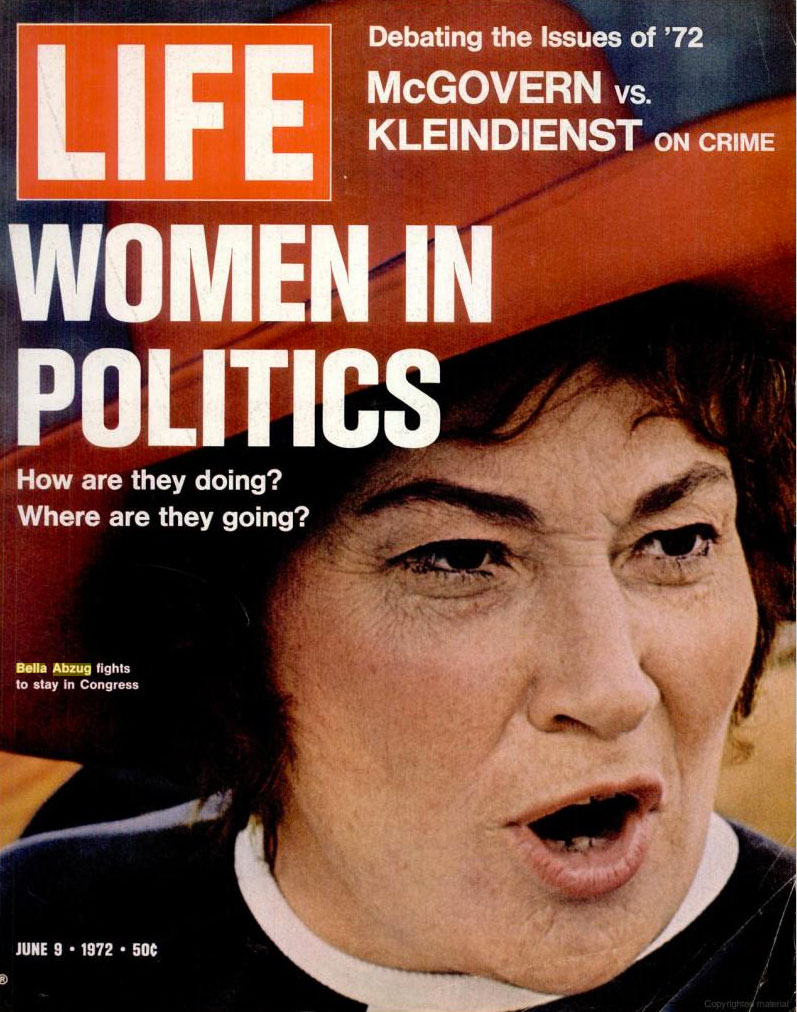
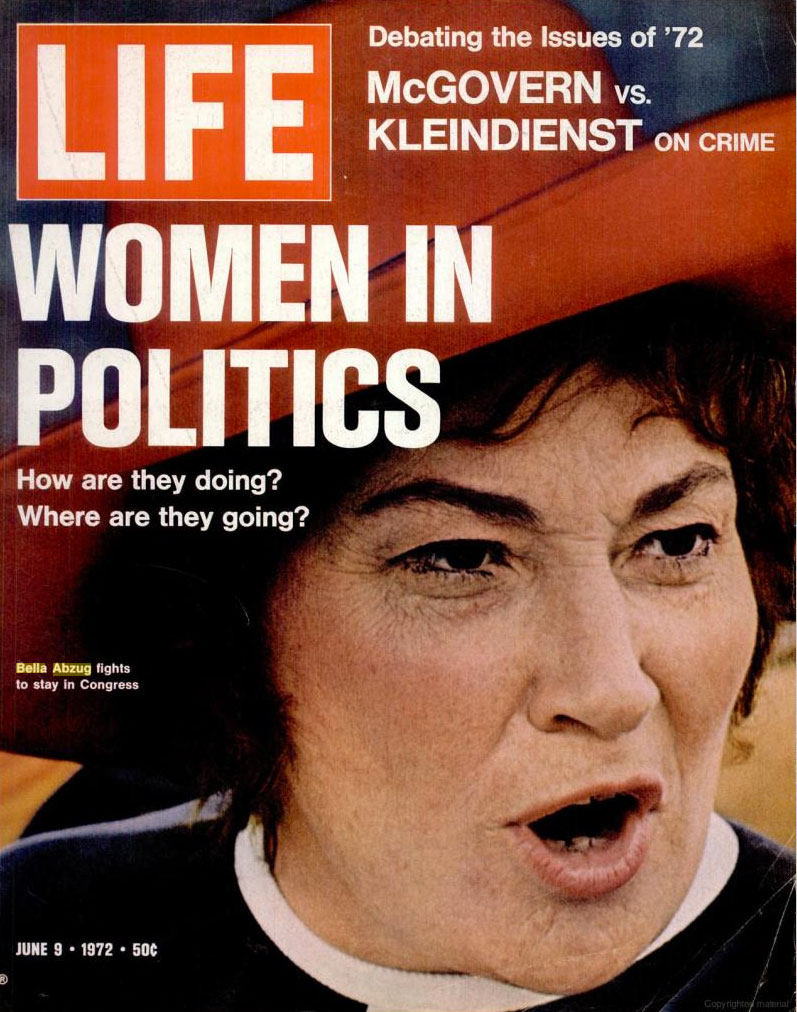
Hillary Clinton’s expected announcement Sunday that she will seek the Democratic nomination for president a second time is the culmination of decades of hard work and strategic maneuvering. But behind every great woman is another great woman, and behind Clinton—and, really, every woman who has run for U.S. political office in the last four decades—is Bella Abzug.
Abzug was a New York City lawyer who practiced for more than two decades, taking on civil rights cases and representing targets of Senator McCarthy’s Communist witch hunt, before becoming one of 12 women in Congress in 1971. She came up as an activist, advocating for peace, gay rights and women’s causes, and her resolve only strengthened when she achieved a post from which she could influence policy. After the legislative body to which she belonged failed to pass the Equal Rights Amendment, she spearheaded the organization of the National Women’s Political Caucus along with co-founders Gloria Steinem, Betty Friedan and Shirley Chisholm, among others.
Abzug and the NWPC worked to open doors for women in politics. When they wouldn’t open, they knocked them down. In its first year, the Caucus helped women secure an unprecedented 35% of the spots for delegates to the national Democratic convention. It offered support to women of both parties running for office around the country. Abzug herself quickly became, according to a friend quoted in LIFE’s 1972 profile of her, “more than a congresswoman. She’s a Symbol.”
Abzug made a name for herself after, as the magazine wrote, “she arrived in Congress … and began shouting.” She campaigned on the slogan “This woman’s place is in the House—the House of Representatives,” and her brash, outspoken style earned her the nickname “Battling Bella.” After two years in office, her Congressional district was eliminated. Though the official reason was redistricting following the 1970 Census, Abzug viewed the elimination as a simple case of gender discrimination. When Leonard McCombe photographed her for LIFE, she was in the process of clawing her way back into office, making the unpopular move of dividing the liberal vote by challenging an incumbent West Side Democrat. Though he defeated her in the primary, he died soon after, and Abzug handily won the general election.
Throughout her career—which included, after six years in Congress, failed bids for Senate and New York City mayor and a stint co-chairing the National Advisory Committee for Women under President Carter—Abzug was rarely seen without a wide-brimmed hat atop her head. It wasn’t a sartorial statement. Abzug began wearing hats after being mistaken for a secretary during her years as a lawyer, one too many times. In an interview she gave in 1997, the year before she died, she explained why they remained a part of her uniform:
When I ran for Congress and got to Washington, they made such a fuss about the hat instead of what was under it that I didn’t know whether they wanted me to take it off or keep it on. I decided that they wanted me to take it off, which made me determined to keep it on.
Liz Ronk, who edited this gallery, is the Photo Editor for LIFE.com. Follow her on Twitter at @LizabethRonk.
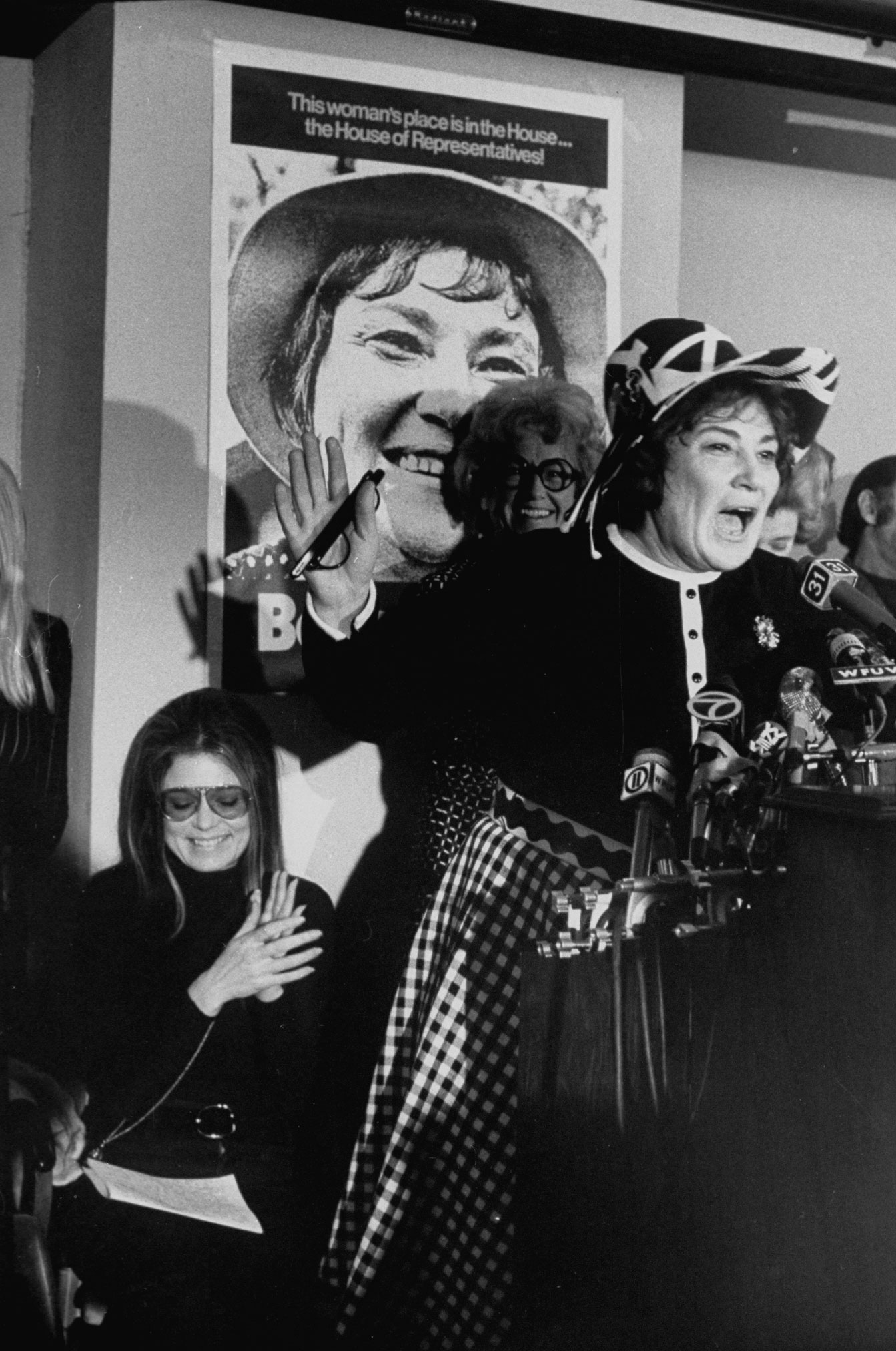
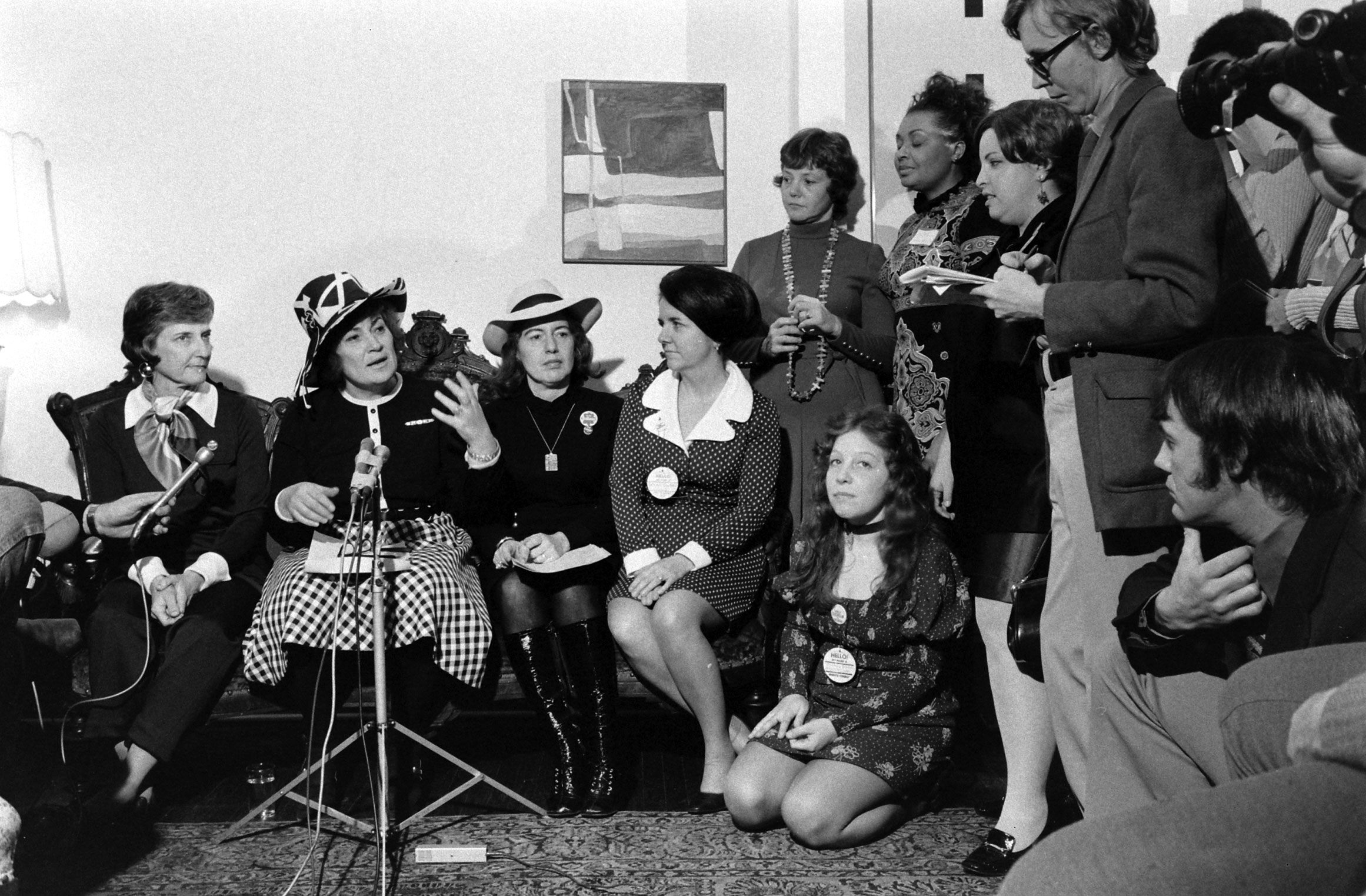
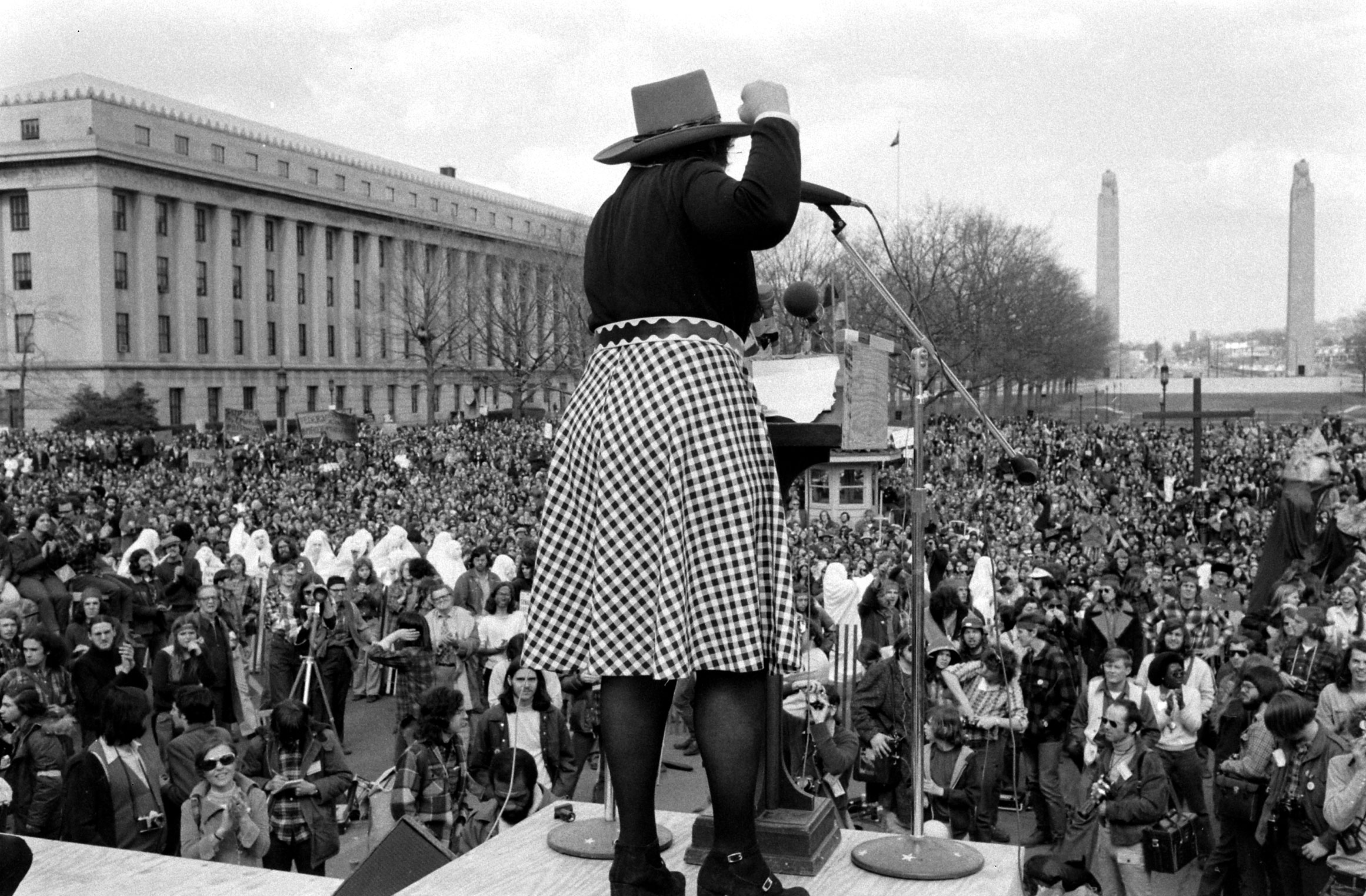
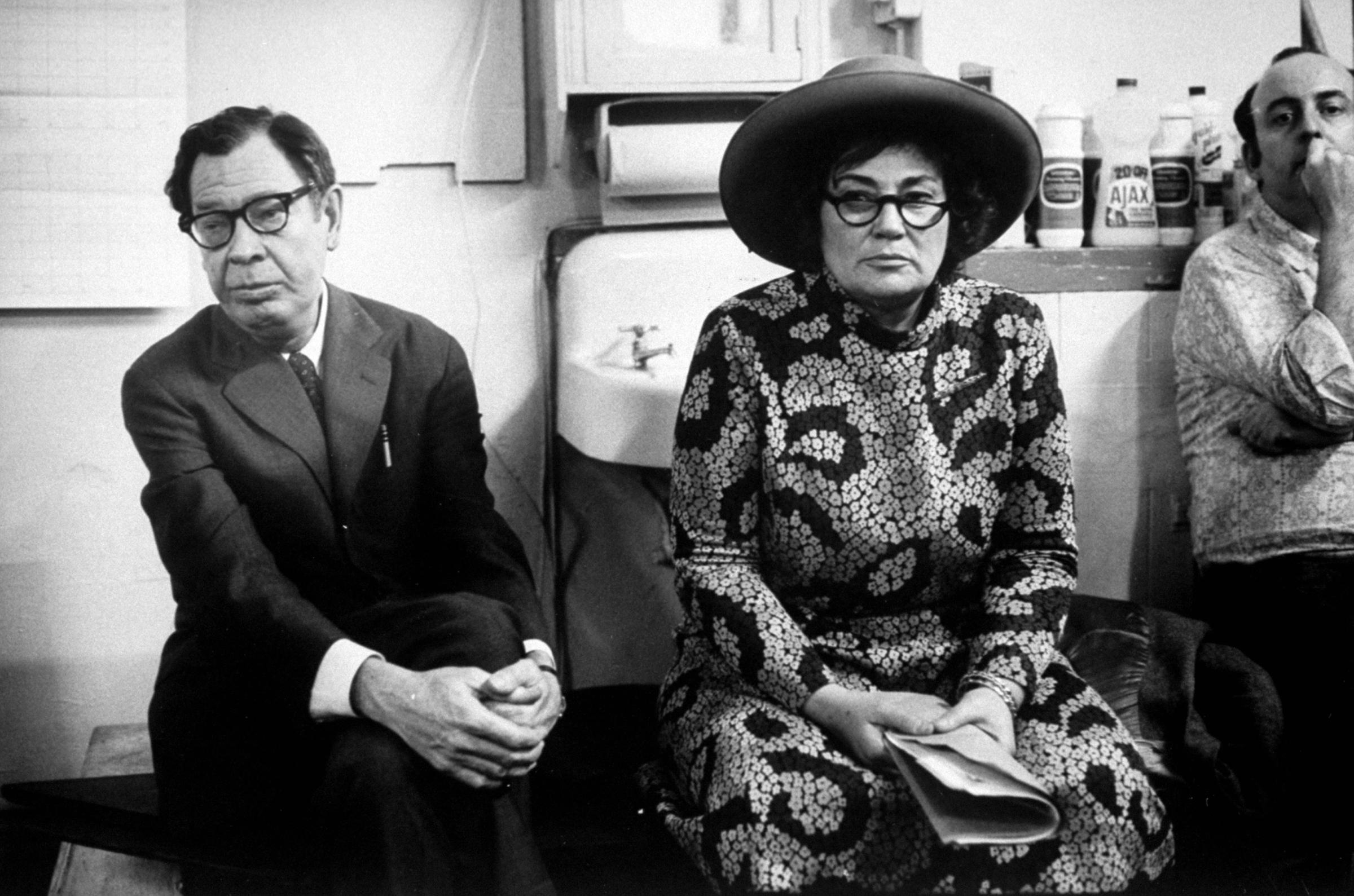
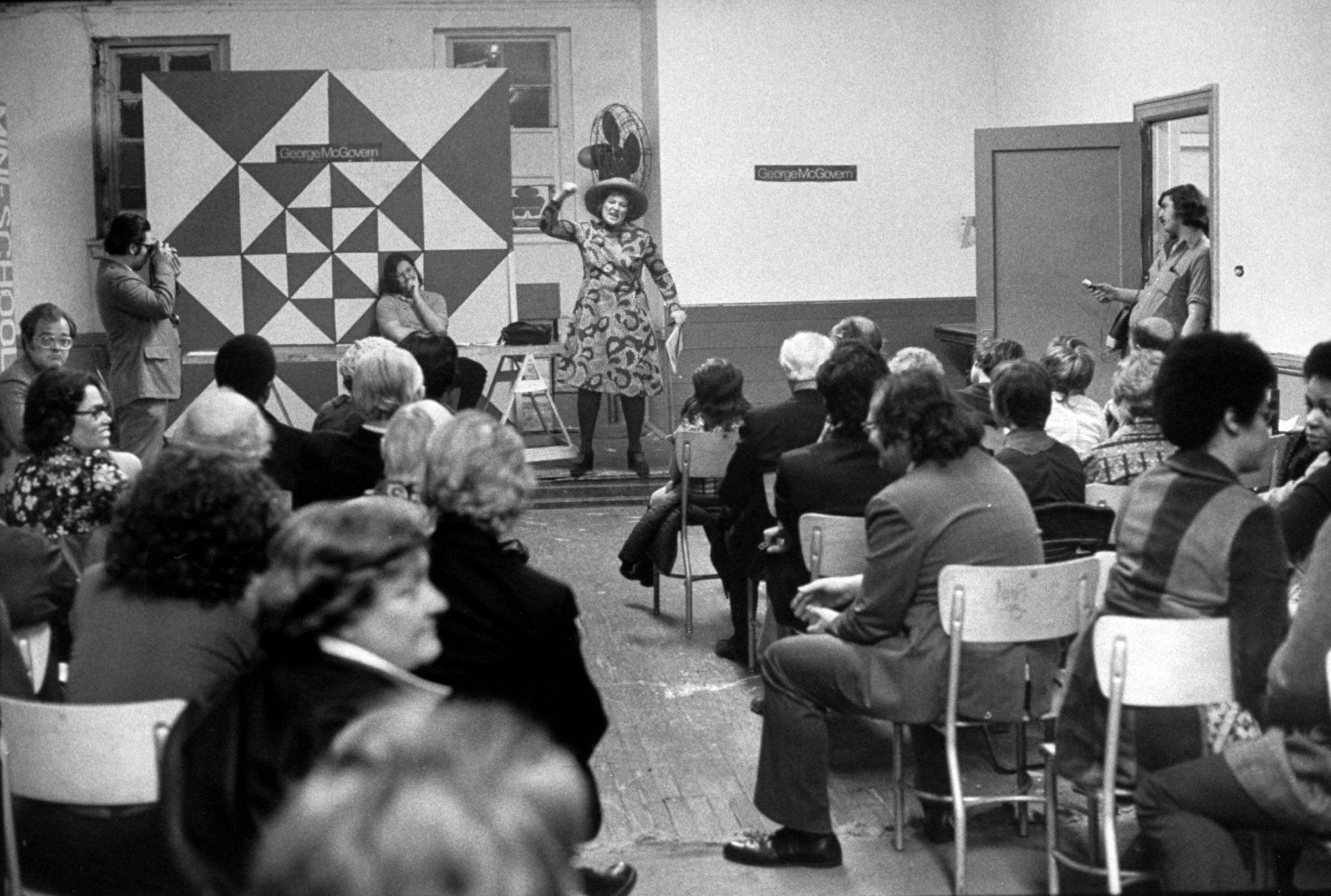
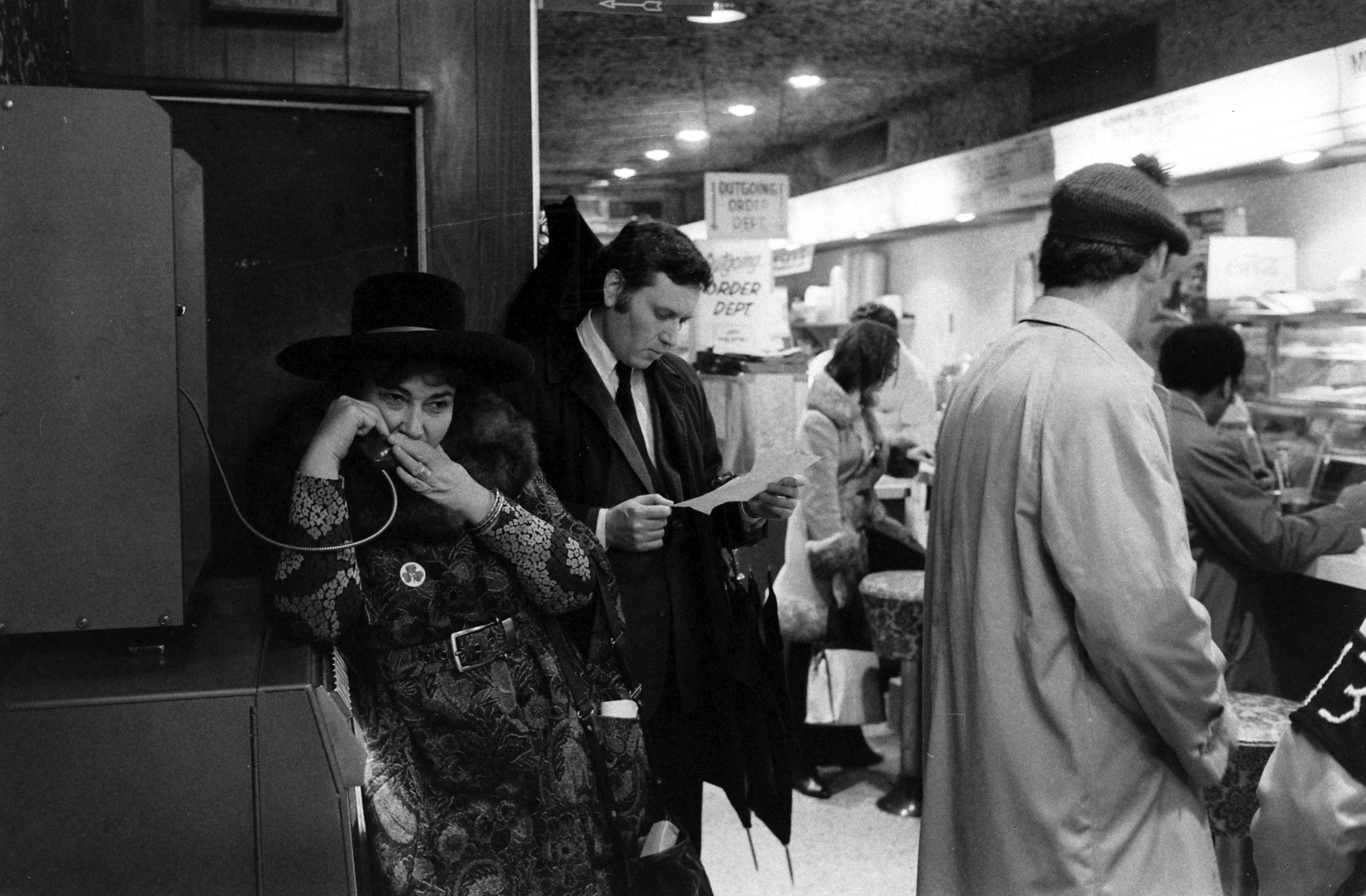
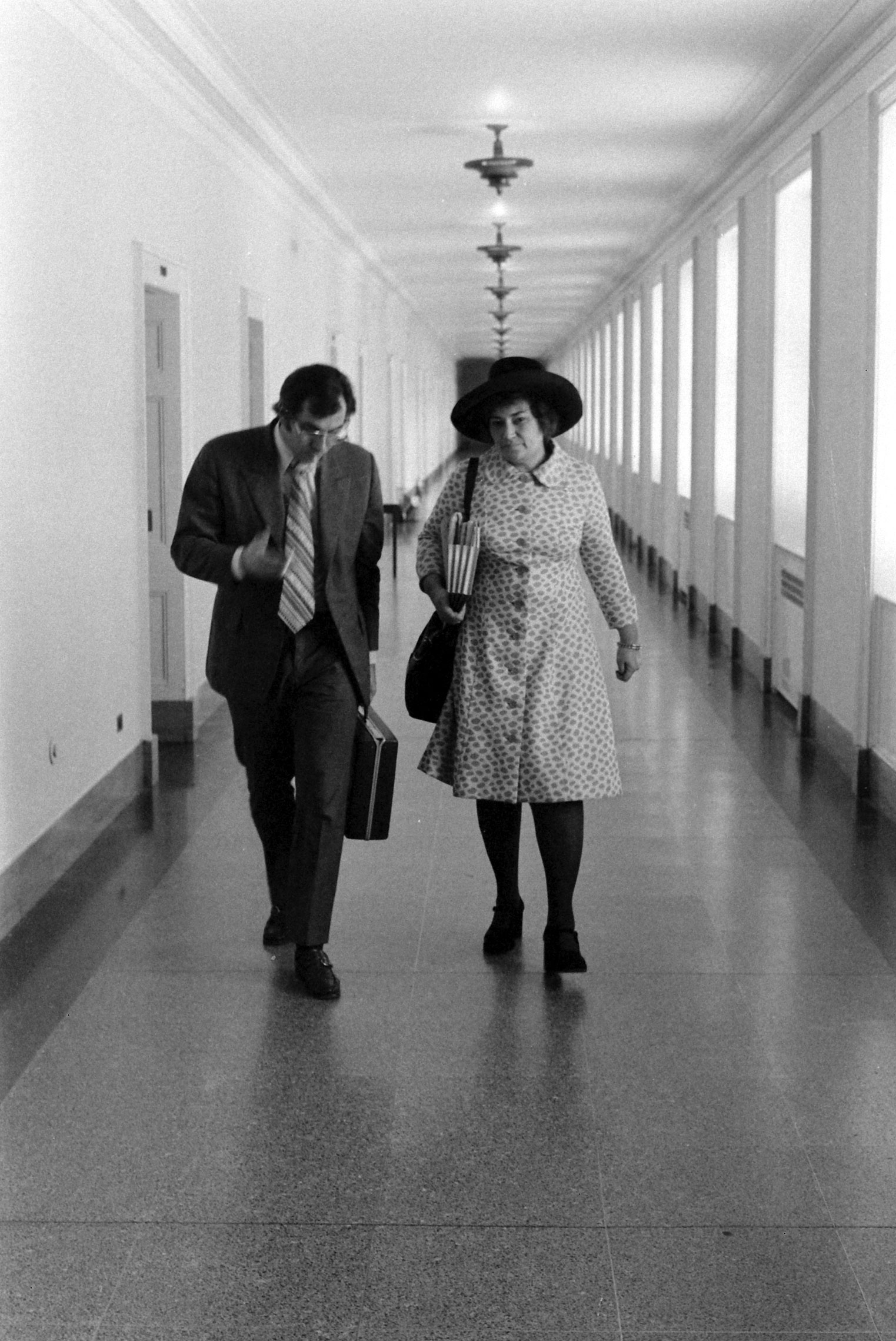
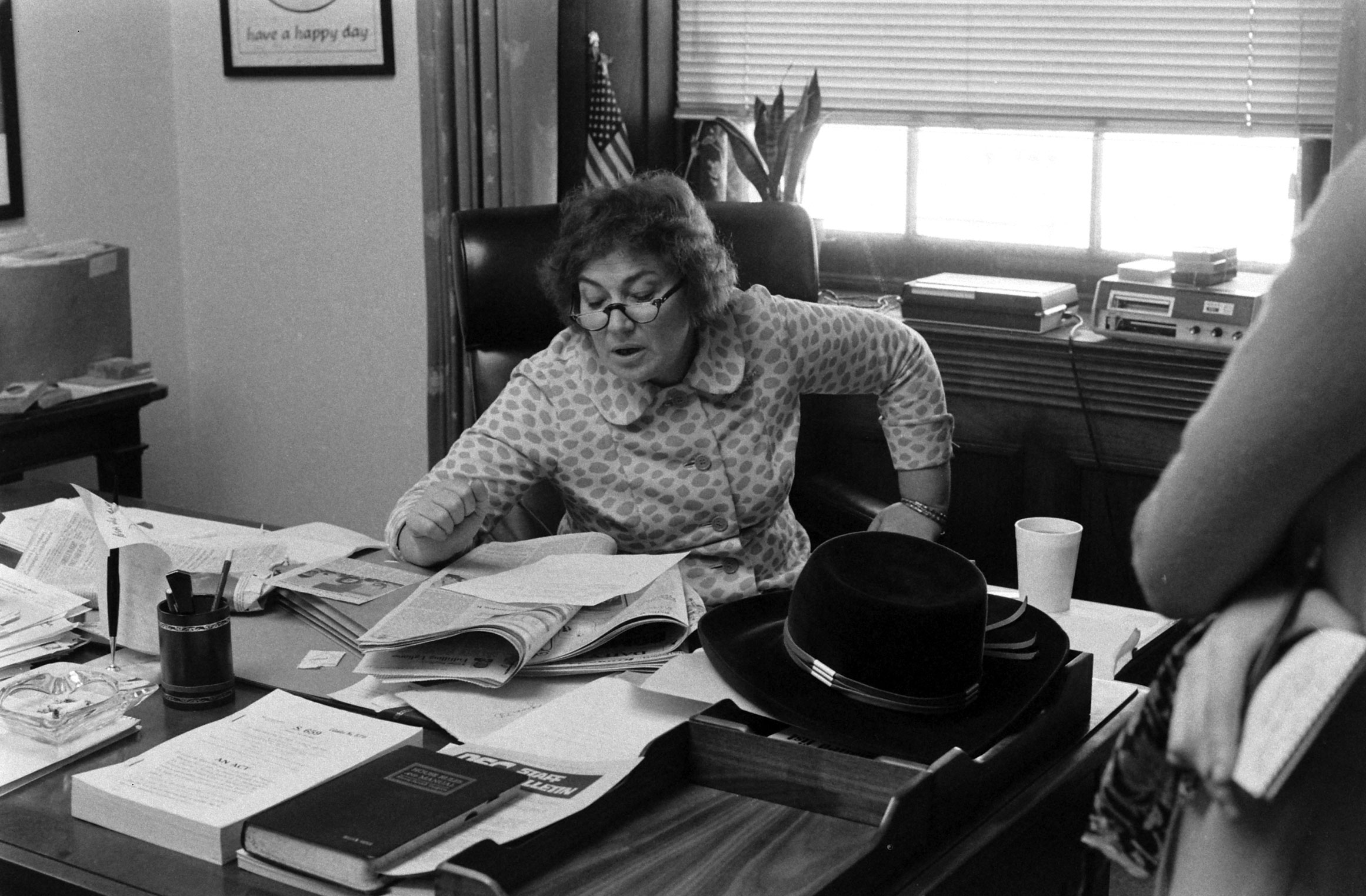
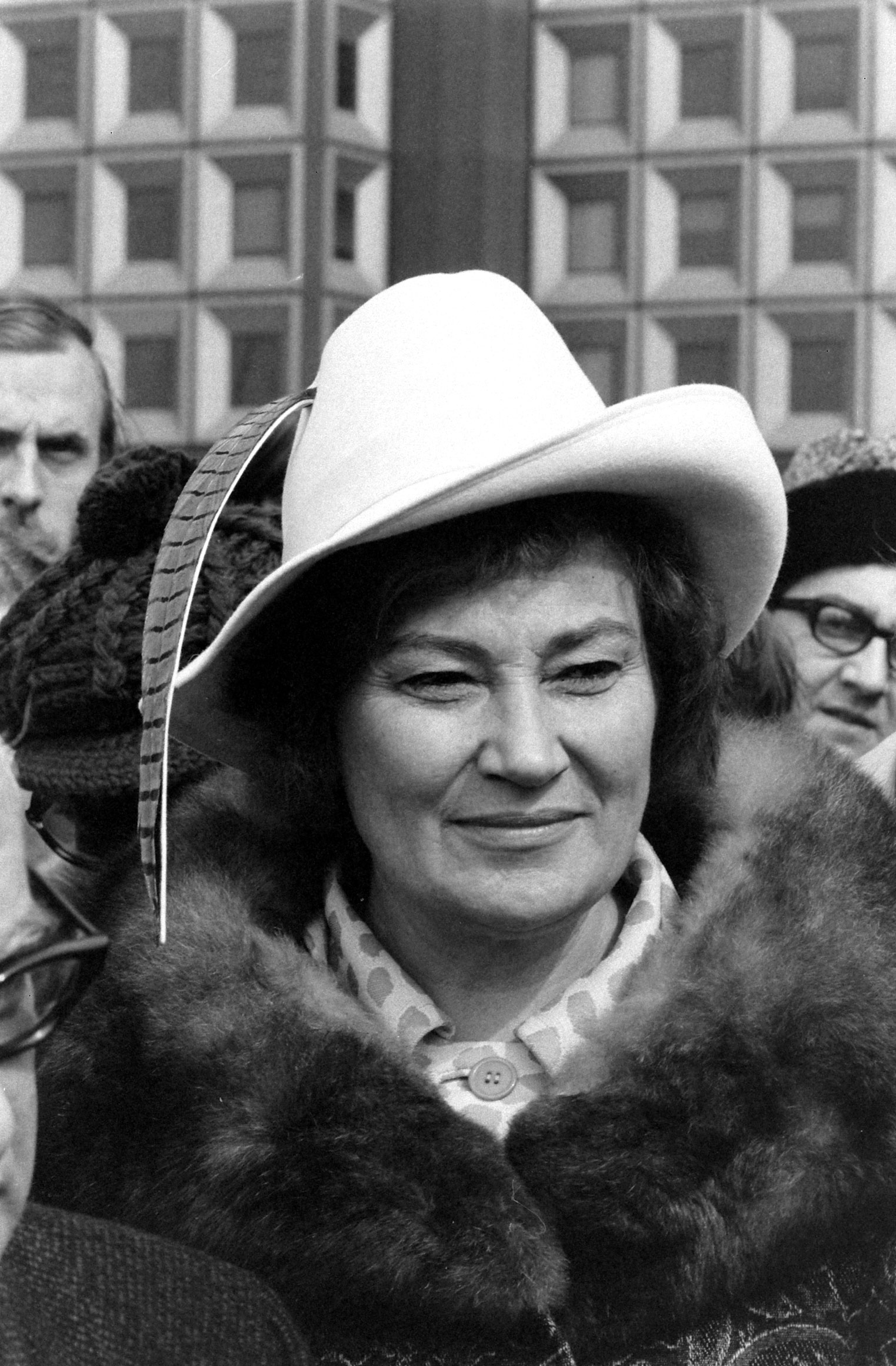
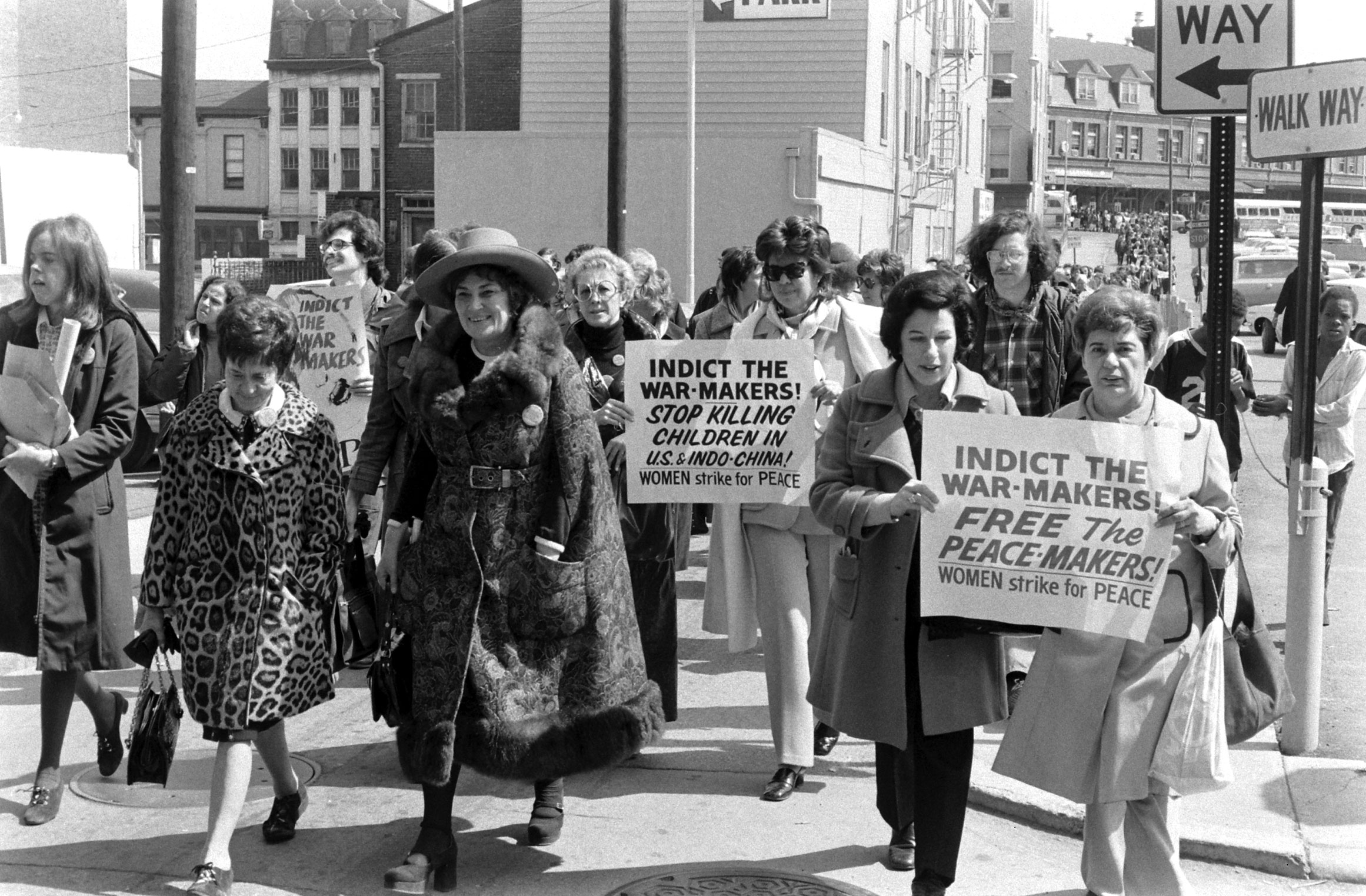
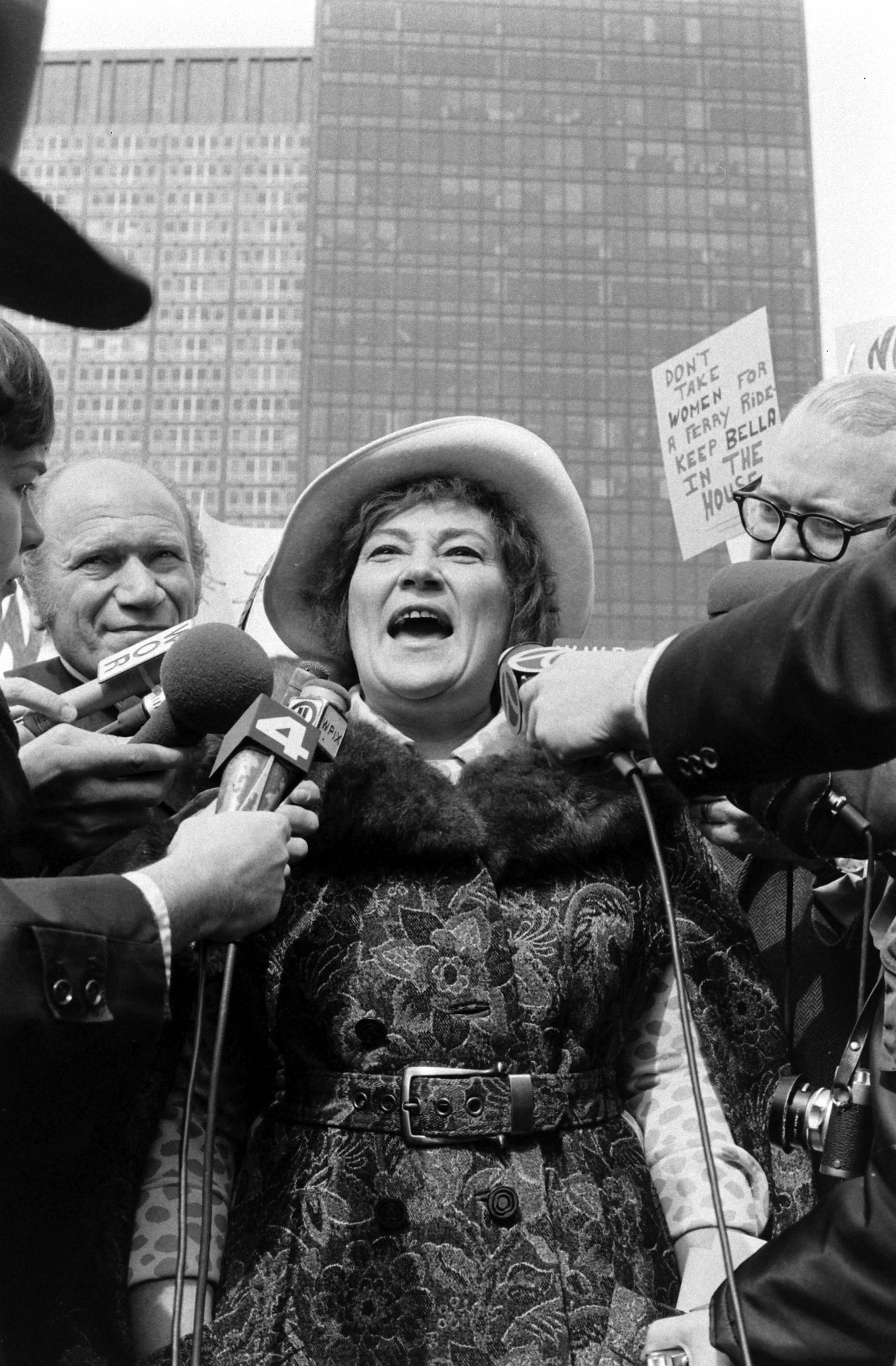
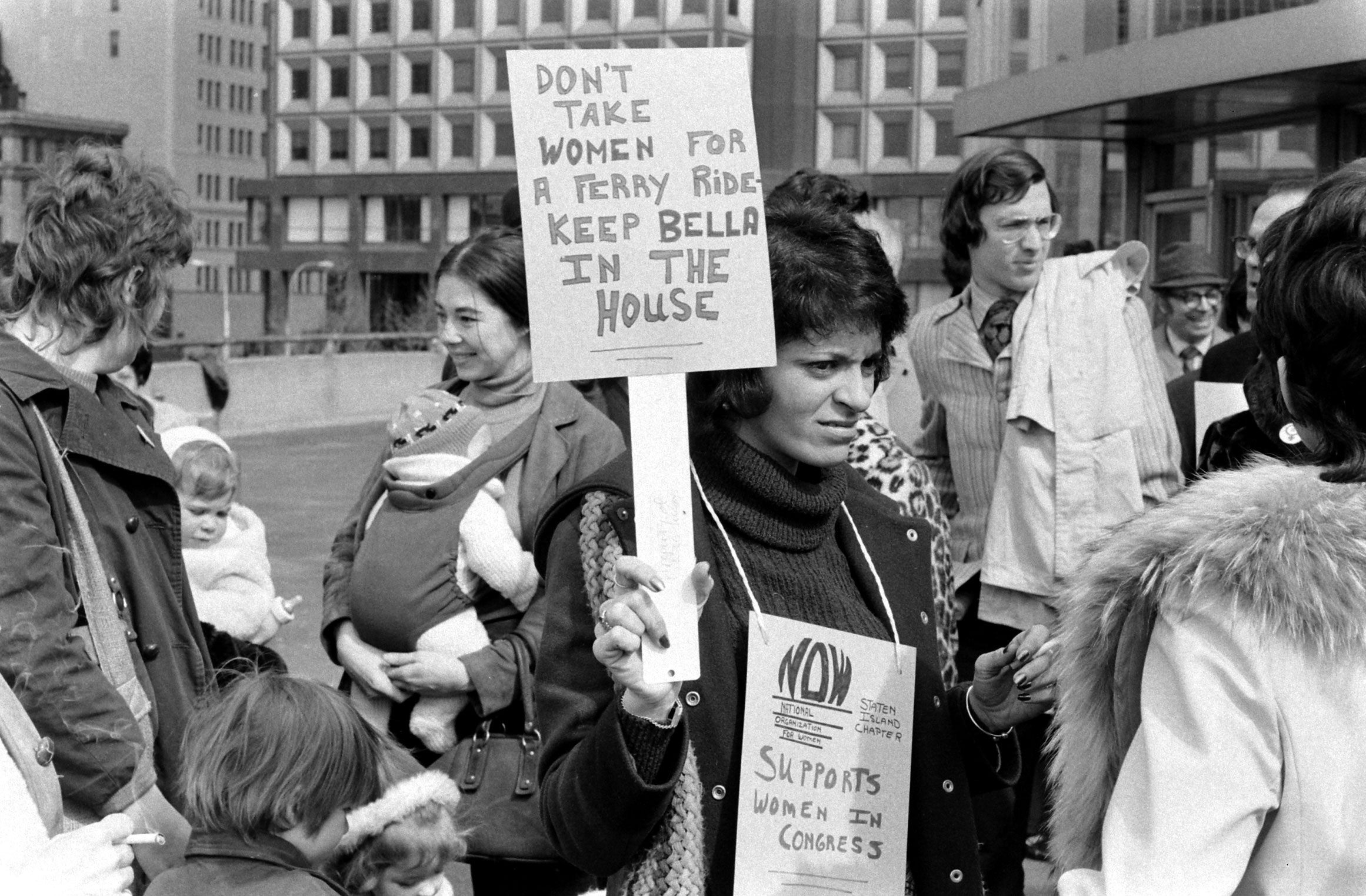
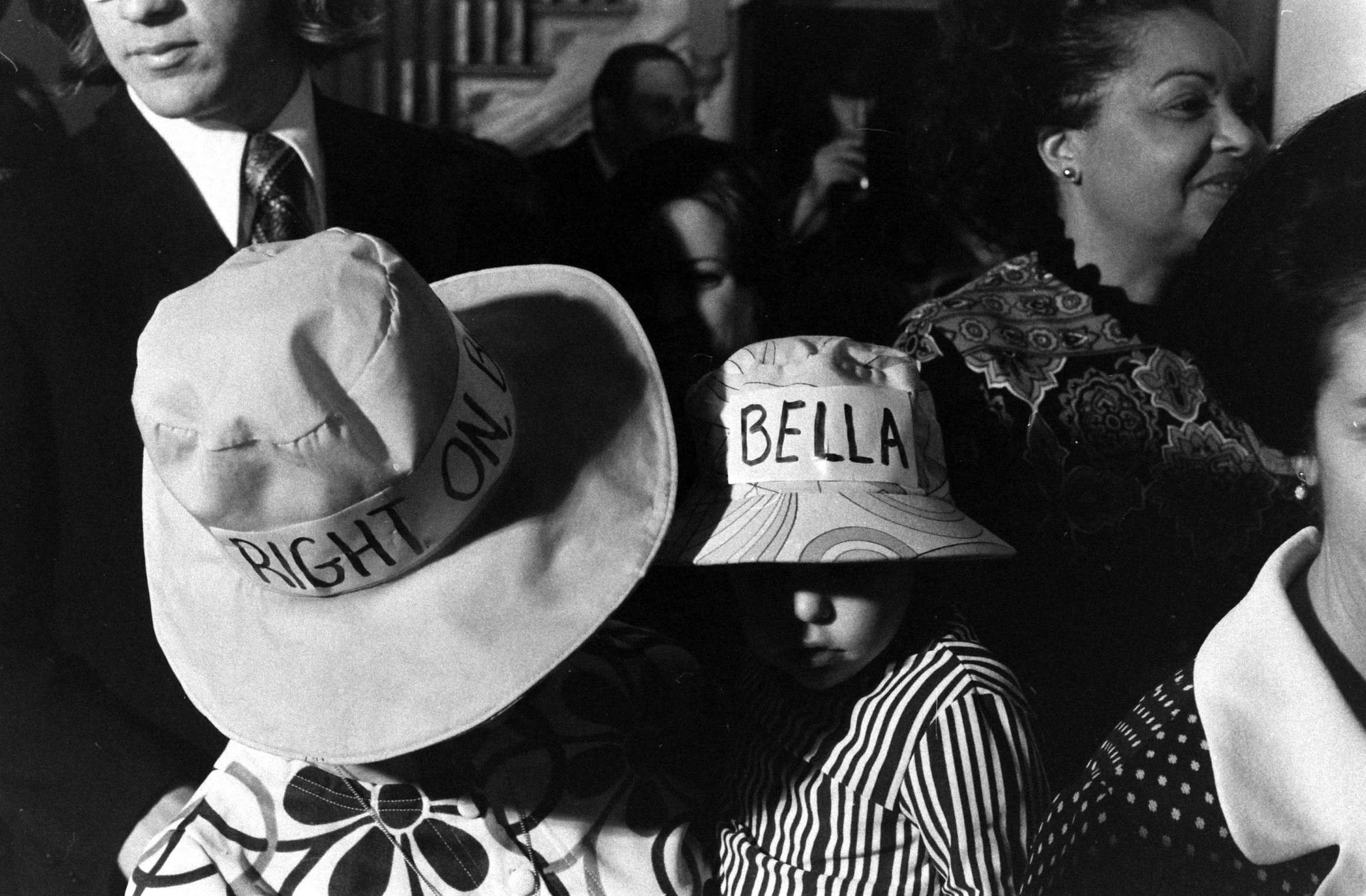
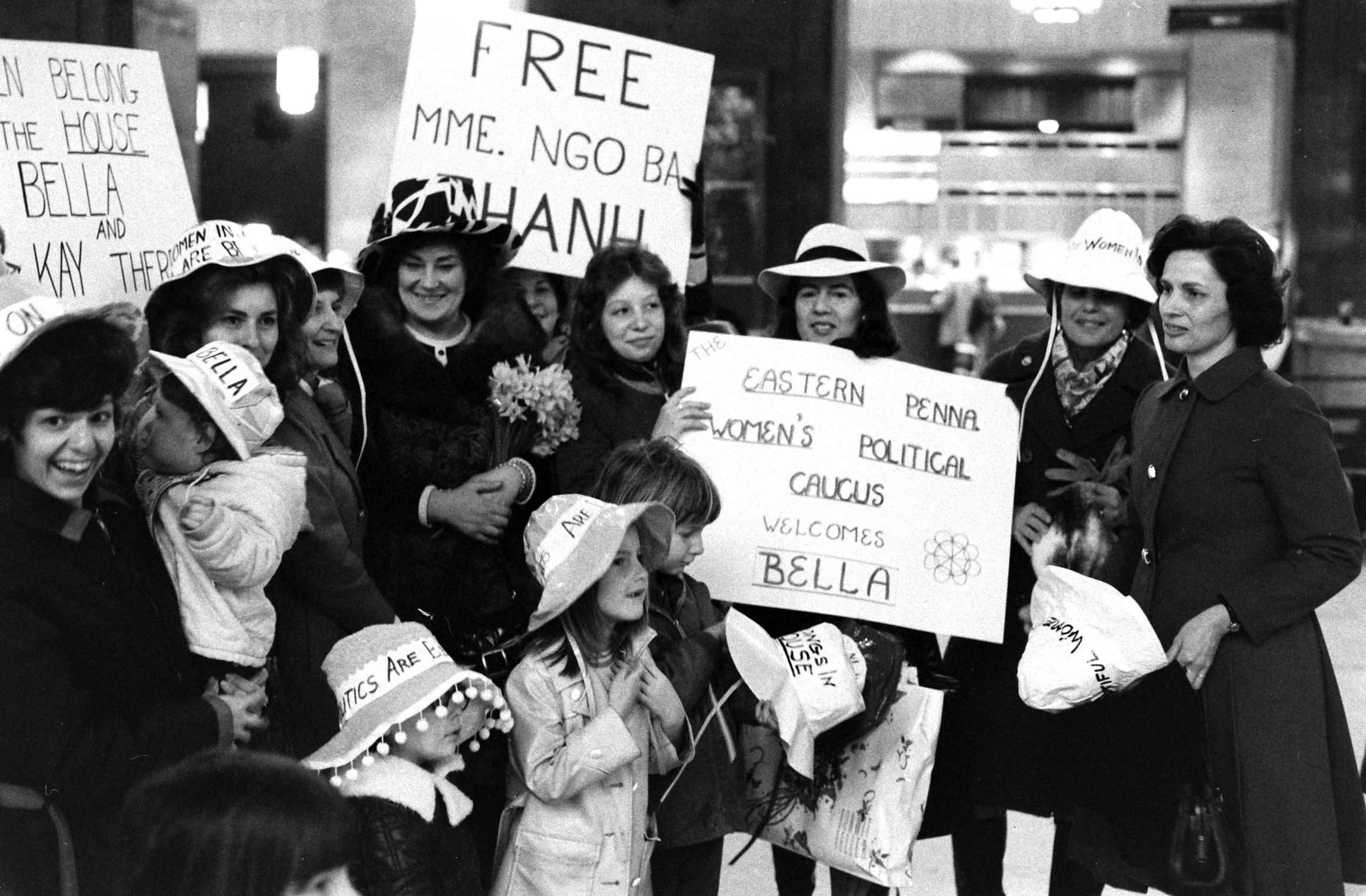
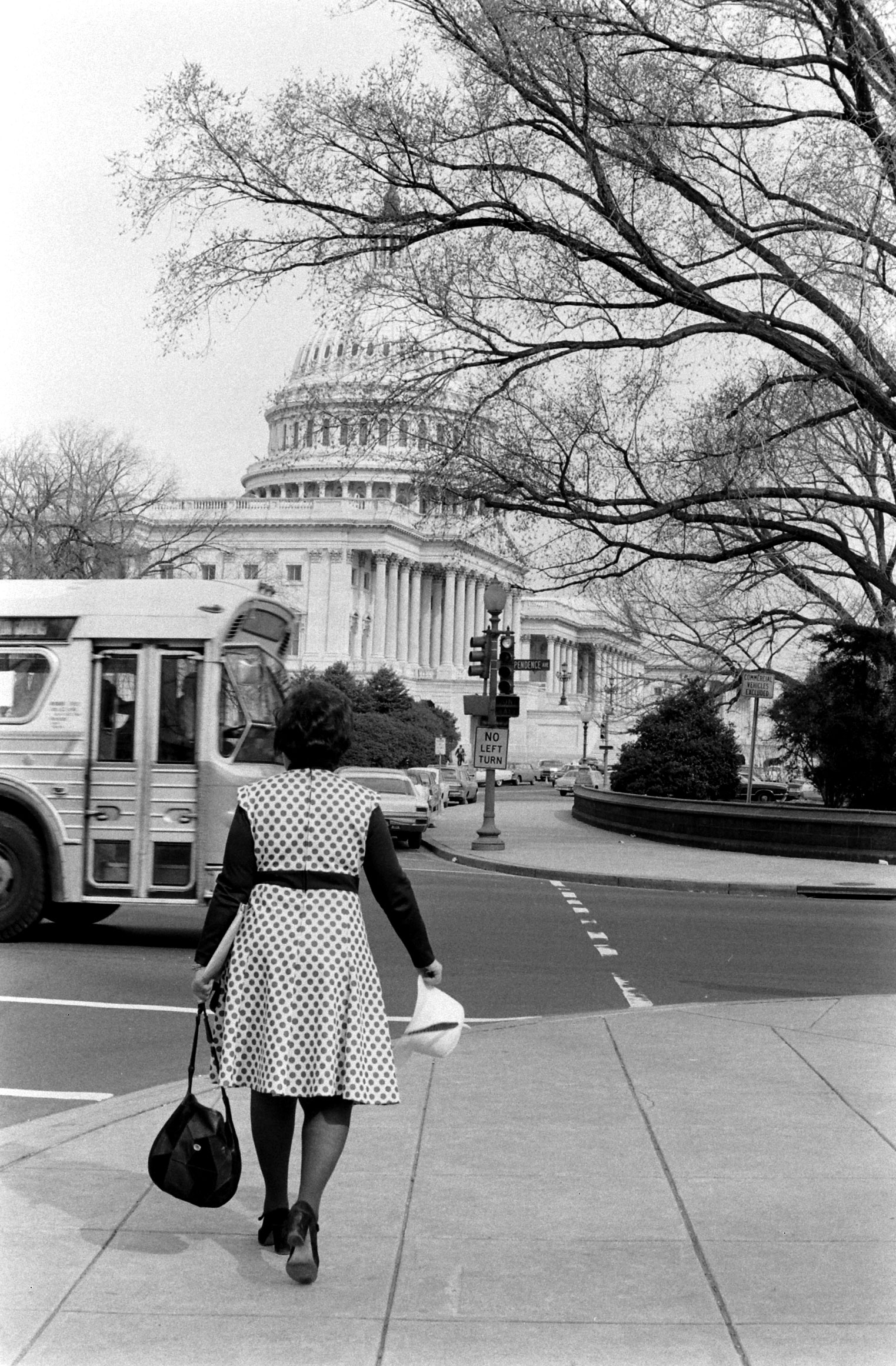
More Must-Reads From TIME
- The 100 Most Influential People of 2024
- Coco Gauff Is Playing for Herself Now
- Scenes From Pro-Palestinian Encampments Across U.S. Universities
- 6 Compliments That Land Every Time
- If You're Dating Right Now , You're Brave: Column
- The AI That Could Heal a Divided Internet
- Fallout Is a Brilliant Model for the Future of Video Game Adaptations
- Want Weekly Recs on What to Watch, Read, and More? Sign Up for Worth Your Time
Write to Eliza Berman at eliza.berman@time.com